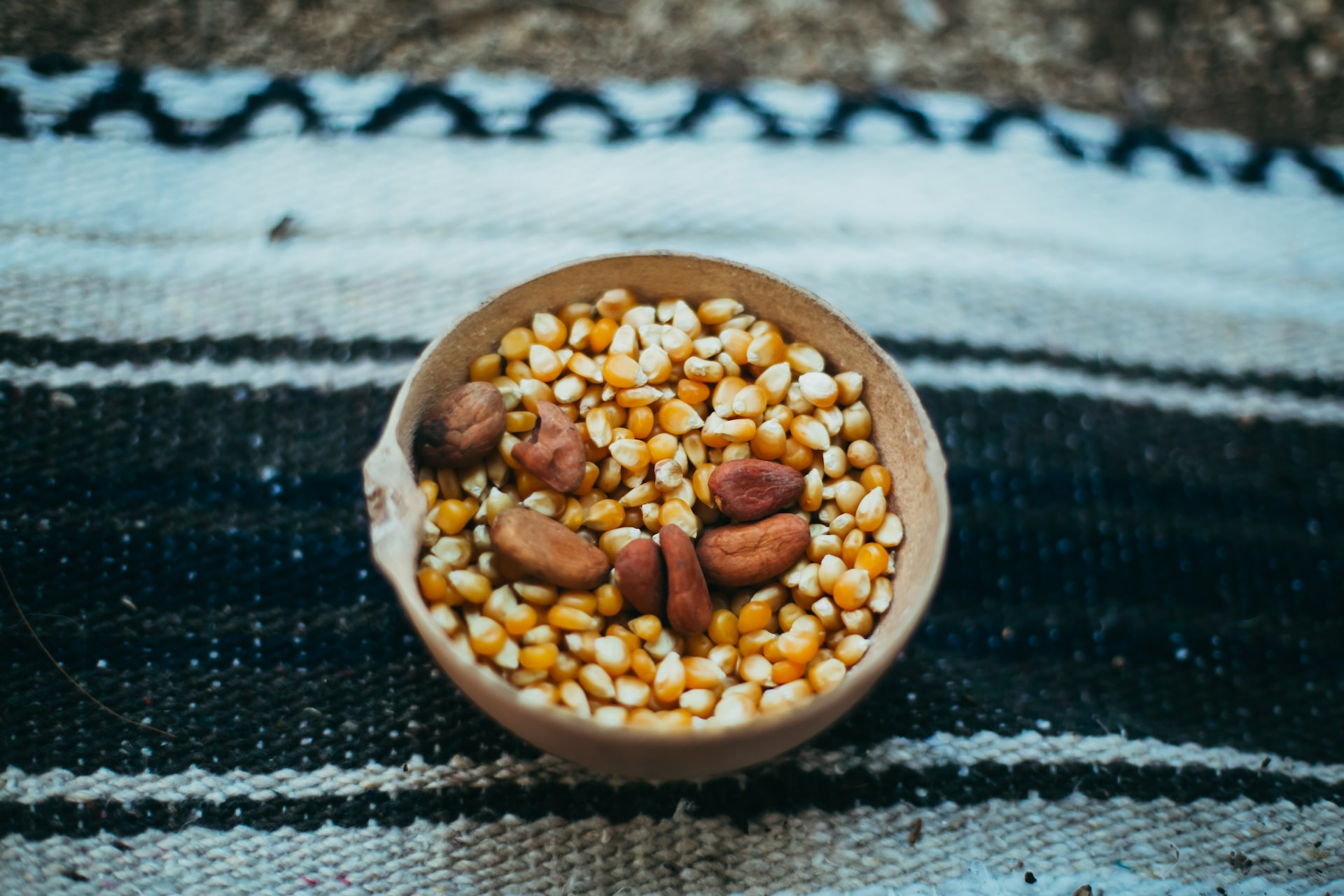
All around the world, plants containing psychoactive or hallucinogenic compounds have been incorporated into the lives of native people. Many of these compounds and plants were used in their natural state, while others were dried and smoked or made into tea. The plants were usually used medicinally or as important parts of cultural and religious rituals and healings. The use of drugs by native people varies greatly across cultures and regions, and it is important to note that traditional uses of drugs may have been altered or banned. Because these plants were used in this natural form, they were often less dangerous than the purified versions of drugs that we have today.
Mushrooms
Psilocybin mushrooms can be found in many places around the world and many are used in spiritual or cultural rituals. These hallucinogenic mushrooms can mimic poisonous ones, so they should never be consumed from the wild by inexperienced foragers. The effect of these mushrooms usually involves hallucinations, altered emotions, and a distorted sense of space and time. Some evidence shows that these mushrooms can cause the brain to grow new cells.
The Mazatec people of Mexico have used psilocybin mushrooms for centuries in their spiritual practices, believing that they provide a means of communicating with the spirit world. The mushrooms are consumed in pairs, either by the shaman or the consultant or both, and are taken as part of a comprehensive ritual, not as a stand-alone experience.
Peyote
Peyote is a small cactus found in the southwestern area of North America. It has hallucinogenic properties and can cause impaired senses, anxiety, and euphoria. It is usually dried and made into a tea or smoked
The Huichol people of Mexico use peyote in their spiritual ceremonies as a means of communication with their deities. This is often done as part of a pilgrimage to their holy area, where they hunt for and consume enough of the peyote to cause visions and hallucinations. It is important for the shaman to consume peyote as it’s the only way for them to communicate with their deities.
Ayahuasca
This tea is made from a variety of plants native to the rainforests of South America. The main ingredients usually consist of one or more hallucinogenic plants, including the vine Banisteriopsis caapi and various other plants. Which plants are used can vary depending on location, tribe, and availability.
Indigenous peoples of the Amazon basin, including the Shipibo-Conibo, use ayahuasca in shamanic rituals as a way of accessing spiritual guidance and healing. For many of these people, the drink is just one part of a complex culture and not a recreational drug. For these people, the drink gives them a glimpse into real life, while the everyday world is an illusion.
Coca
Coca, a tropical shrub that is the source of cocaine, has been used by native people in South America for centuries. When it is used in its leaf form as opposed to taken as purified cocaine, the plant is not toxic or addictive.
Indigenous people of the Andes, such as the Aymara and Quechua, have long used coca leaves to alleviate hunger and altitude sickness, as well as for religious purposes. The leaves were chewed by farmers and laborers to give them more energy and allow them to work for longer.
Opium
The poppy is a beautiful flower that also contains one of the most powerful narcotics and pain relievers in the world, opium. Opium poppies have been being grown and used for thousands of years.
The Hmong people of Southeast Asia use opium as a pain reliever and sedative. It was nearly always used medicinally, and recreational or ritual use was rare. It was also grown commercially and used as money to be traded for goods and services.
Tobacco
Native American tribes, such as the Lakota, have long used tobacco in their spiritual ceremonies, including smudging, prayer, and offerings. This plant is native to North America and in its uncommercialized form was used by Native Americans in several ways. This wild tobacco is less addictive and is not usually smoked. Instead, it is incorporated as just one part of complex rituals and traditions. Tobacco is considered a sacred plant and a blessing by the Native American tribes.
Salvia
Salvia is a plant found in cloud forests in Mexico. The active ingredient of salvia is one of the most potent hallucinogenics found in the natural world and can cause intense hallucinations and changes in perception and feelings.
The Mazatec people also use Salvia divinorum in their spiritual practices, as a means of inducing trance states and communicating with the spirit world. It is used to create visions and help with spiritual healing. It has also been used to treat illnesses such as headaches, swollen stomachs, and diarrhea.
Kava
Kava is a tall shrub with heart-shaped leaves that grows naturally in the south pacific islands. It causes relaxed feelings, reduces anxiety, and can increase sleepiness. Over time, it can cause liver damage if too much is consumed.
Pacific Islanders once used kava in traditional ceremonies as a way of inducing relaxation and promoting social bonding. The drink was only available to royalty and priests and only drank on important religious or social occasions. It is now used more regularly by casual tea drinkers and can be used to treat anxiety as well as being commonly consumed at social events.
Conclusion
It is interesting to learn more about the ways native people around the world have used plants that can alter their mental state, whether as part of religious rituals or for medicinal use. In many places, these uses continue to be important for the people of these cultures. In other areas, these uses may have been altered or banned due to illegal drug activity and the recreational use of purified forms of these compounds.